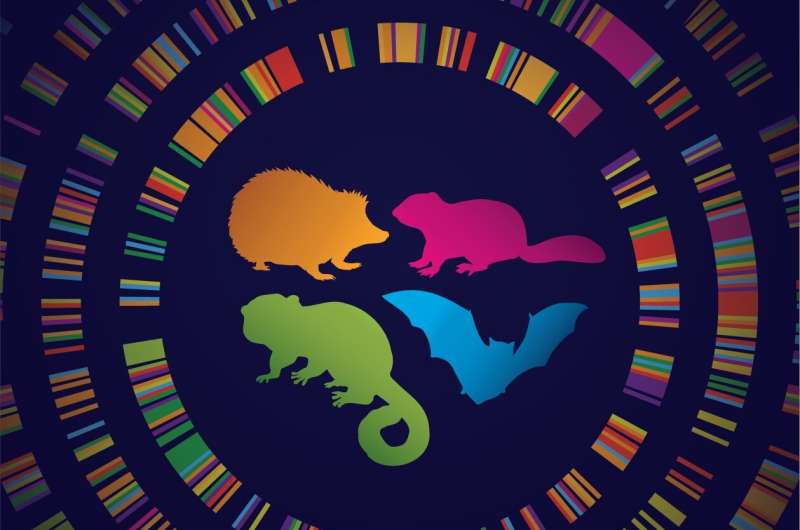New genetic research suggests that hibernating animals’ superpowers could lie hidden in our own DNA—and provides clues on how to unlock them, opening the door to someday developing treatments that could reverse neurodegeneration and diabetes.
Two studies describing the results are published in Science.
The genetics of metabolism and obesity
A gene cluster called the “fat mass and obesity (FTO) locus” plays an important role in hibernators’ abilities, the researchers found. Intriguingly, humans have these genes too.
“What’s striking about this region is that it is the strongest genetic risk factor for human obesity,” says Chris Gregg, Ph.D., professor of neurobiology, anatomy, and human genetics at University of Utah Health and senior author on the studies. But hibernators seem able to use genes in the FTO locus in new ways to their advantage.

